As you can hear in the podcast above, adding bagged soil products to your garden might cause problems with your plants, due to impeded water movement. What to do? Debbie Flower, our favorite retired college horticultural professor, says to stick to the native soil. But, she does offer tips on how you can use bagged soil in your garden. Give a listen. And if you want to hear the whole conversation, head to Episode 166 of the Garden Basics podcast, released Tuesday, February 8. Also in that episode: thwarting weeds around rosebushes, without resorting to chemical weed killers. But if you do choose to use them, how to do it safely.
Also in this edition of the Garden Basics “Beyond Basics” Newsletter:
• Do you need to fertilize cool season flowers and vegetables?
• What Your Yellowing Citrus Leaves Are Trying to Tell You
• When is a rock mulch on top of your soil most appropriate?
• A Deep Dive into How Water Flows Through Soil
• Soil Testing: Do It Yourself, or Send It Out
Do You Need to Fertilize Your Cool Season Annual Vegetables and Flowers?
Maybe. Maybe not. It depends. Listen to the entire conversation in Episode 167 of the Garden Basics with Farmer Fred podcast. Here’s a transcription of the salient points from the podcast to that question:
Fred: Do you need to fertilize cool season annuals?
Debbie: "Need" is a strong word. And it would apply to fertilizing anything, really. Plants make their own food and they use nutrients that they get through the environment and absorbed through their roots to make that food. The time to fertilize is when they show you that they don't have enough of those nutrients. And that is when they have very small new leaves and they're losing all of their older leaves down at the bottom or closer to the trunk or they're all turning yellow, that would be a nitrogen deficiency. Or when you're seeing different streaks of yellow, let's say, in the leaves. That could be a micronutrient deficiency, the plants should be flowering, producing flower buds and opening them and it's not or the plant should be producing fruit and the fruit should be expanding. And it's not. Those are deficiency symptoms. And that's when you apply nutrition, which is in the form of fertilizer in the cool season. All those processes are very slow in the plant. And if you have soil that has been mulched with organic matter for a long time, long enough that the organic matter has started to break down and release nutrients to the soil, you typically will not need to fertilize the winter annuals.
Fred: That makes a lot of sense too. Because mulch is a slow release fertilizer as it breaks down. It's feeding the soil and if you've had that mulch for a long time, like you say, then your plants are slow. Slowly, slowly being fed. And I think we all prefer to be fed, slowly slowly.
Debbie: It's painful to eat too much at one sitting. Yeah, exactly. And a plant can show that symptom as well. They can burn when you give them too much fertilizer. Yes, cool season annuals need nutrition, because they're alive and they're flowering or fruiting or whatever it is you you have them for, even just growing them for their showy green parts. But do we need to add fertilizer only if we see deficiency symptoms.
Fred: And it can't hurt to do a soil test.
Debbie: Absolutely. Find out exactly what it needs.
Fred: And you can buy soil tests that do more than just measure pH, which the less expensive soil test kits do. A step up are the test kits that also measure nitrogen, phosphorus and potassium. But you can go beyond that and buy more expensive soil test kits to check for micronutrient deficiencies.
More info about soil test kits included at the end of this newsletter.
=============================
Online Soil Test Services
If you don’t want to play kitchen counter chemist with the soil, you may be fortunate enough to live in an area where your county or state ag departments may help you out in that regard. Check with your local Cooperative Extension office to see if soil testing for homeowners is still part of their services. Unfortunately, in many states, including California, that service is no longer offered by Cooperative Extension. There are private companies that do offer soil testing, but they can be pricey and they may be more geared to agricultural soil testing. However, at least two universities do offer soil testing for home gardeners throughout the U.S. at reasonable prices:
University of Massachusetts/Amherst
Click on those links for more information.
This soil test was conducted by UMass/Amherst. The test results also include in additional pages information about how to correct any soil abnormalities.
What are Your Yellowing Citrus Leaves Trying to Tell You?
Why do citrus tree leaves (the leaves of oranges, limes, lemons, mandarins, avocados, pummelos, grapefruit and others) turn yellow? There are many possible reasons, especially as winter transitions into spring. Generally speaking, each problem has some tell-tale differences in the yellow leaves to help you diagnose the cause. A few of the possible problems are illustrated below, from the UCANR citrus page, “Diseases and Disorders of Leaves and Twigs”, which has a more extensive list.(http://ipm.ucanr.edu/PMG/C107/m107bpleaftwigdis.html )
Iron Chlorosis
Interveinal chlorosis from iron deficiency appears as yellowing between the small, darker green veins. This net-vein pattern occurs primarily in young leaves of the fall growth flush as soils cool, reducing root activity.
=================================
Nitrogen Deficiency
Foliage is pale overall when nitrogen is deficient. The causes include a true deficiency of nitrogen, adverse soil conditions (cold, wet soil) or unhealthy roots.
======================================
Magnesium Deficiency
Leaves turn yellowish overall but larger veins remain slightly green where manganese is deficient. Zinc deficiency symptoms are somewhat similar to those of manganese deficiency. Both are more prevalent on young leaves of the fall growth flush as soils cool and root activity diminishes.
======================================
Boron Toxicity
Leaf mottling or yellowing, spotting on the underside of leaves, and premature leaf drop can occur from excess boron; severe symptoms can include twig dieback.
===================================
Citrus greening disease (Huanglongbing)
Leaf mottling and yellowing that crosses leaf veins helps to distinguish citrus
greening; yellowing in just one section of a tree is characteristic of citrus greening. The cause is a bacterium spread by aphidlike psyllids (the Asian Citrus Psyllid, in particular, here in California). Symptoms include stunted trees, leaf and fruit drop, twig dieback, and fruit that are lopsided, small and bitter-tasting. When zinc deficiency is the cause discoloring occurs between distinctly greener veins. Report suspected citrus greening to agricultural officials if found in California.
=======================================
Zinc Deficiency
Extensive chlorosis develops between veins when zinc is severely deficient; leaves may be smaller in size on shoots that have shortened internodes.
=======================================
Potassium Deficiency
Yellowish leaves with edges bent downward, especially at tip are symptomatic of insufficient potassium.
=====================================
When is a rock mulch appropriate? When it’s next to a house in a wildfire zone.
Here’s a link with more tips on creating defensible space around your home from the Marin County (CA) Master Gardeners. As they point out, for the area that extends from 0 to 5 feet from any building’s foundation, use non-combustible mulches only (stone, rock, gravel, pavers, etc.).
====================================
Watching the River (not) Flow
As you heard in the podcast at the top of this page, mixing different types of soil or bagged soil products into your native garden soil can slow the percolation of water, threatening those plants that are trying to survive in a root zone that may be saturated for too long with standing water. Here’s another deep dive into why that is, from UCANR’s Ventura County Cooperative Extension.

For a more gardener-friendly explanation on this same topic, pursuing it from the angle of why you don’t want to put gravel in the bottom of your containerized plants, is the Garden Professor’s Linda-Chalker Scott.
==================================
My Two Favorite Soil Test Kits (and one to get after winning the Lottery)
Basic: (pH, Nitrogen, Phosphorus, Potassium)
==============================
More Fun: (same as above, but with nine micronutrients added. Convenient.)
==========================
Move aside, Mama, I’m taking over the entire kitchen counter!:
(The Lamotte Soil Test Kit/Professional) $$$$
As an Amazon Associate, I earn from qualifying purchases from some of the underlined links in the newsletter. This is how I am trying to keep this a free newsletter. And as long as you buy whatever you want from Amazon using any of those links to get into the Amazon site, I get a few pennies. Thank you.
Thanks for Subscribing and Spreading the Word About the Garden Basics with Farmer Fred newsletter, I appreciate your support.
And thank you for listening to the Garden Basics with Farmer Fred podcast! It’s available wherever you get your podcasts. Please share it with your garden friends.
Fred Hoffman is also a University of California Cooperative Extension Master Gardener in Sacramento County.















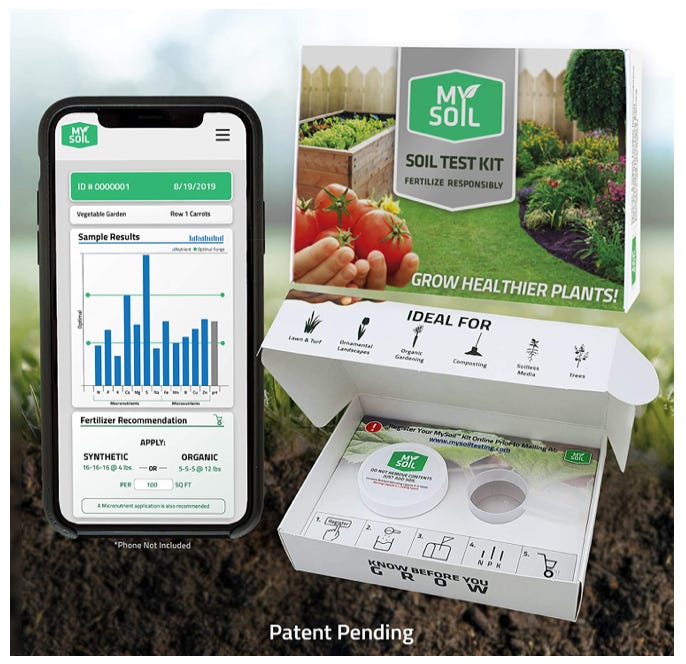



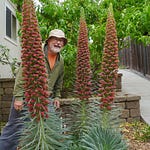

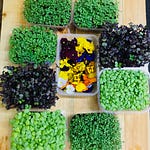
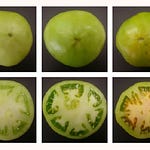

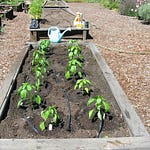
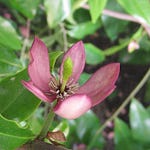
Share this post